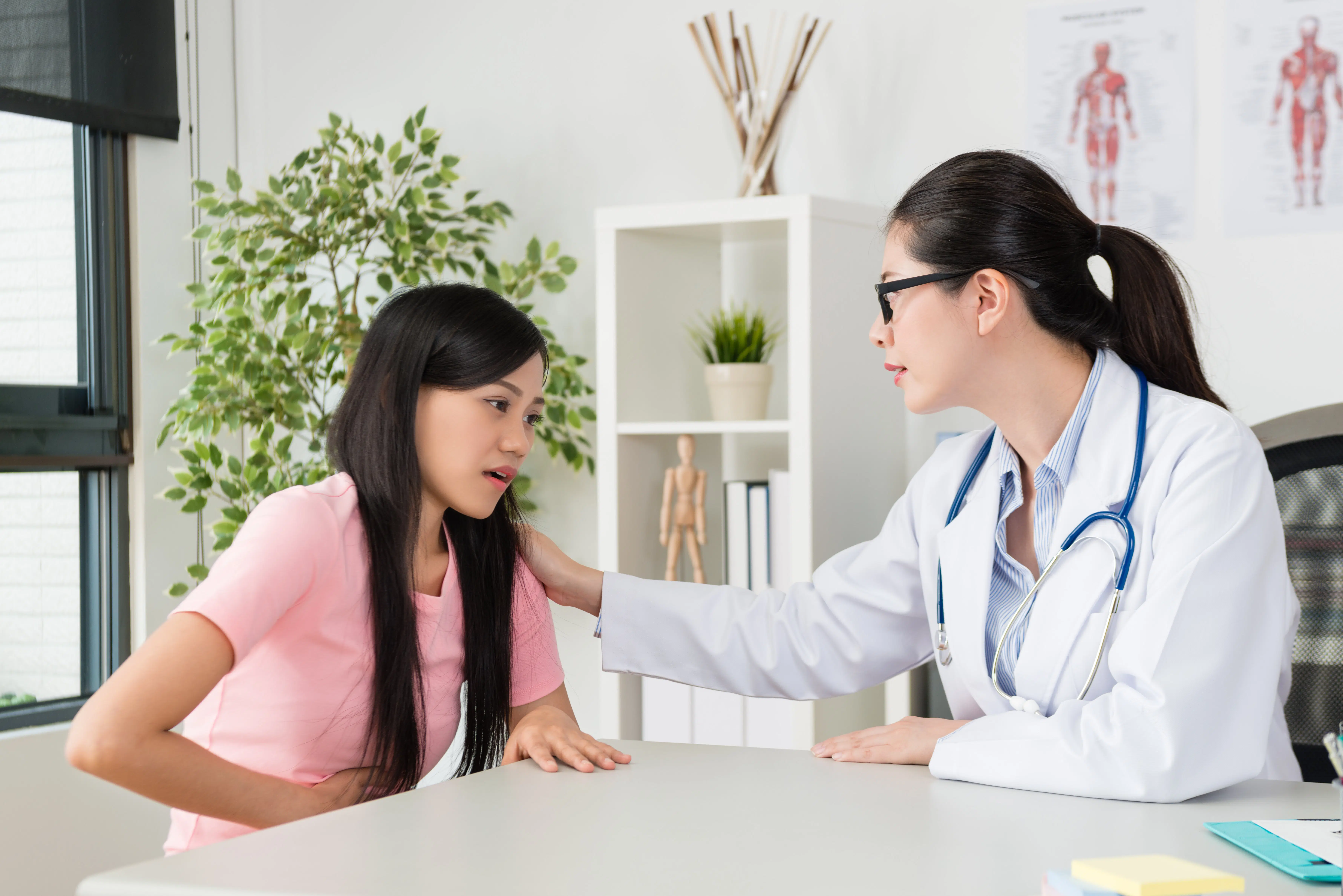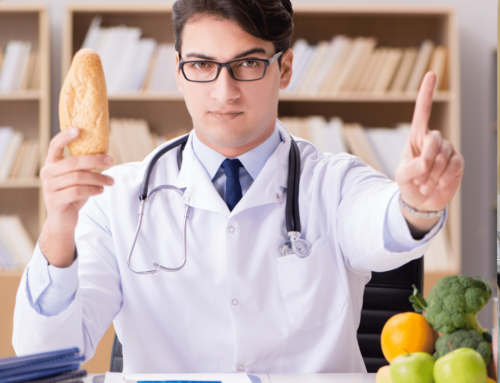What is upper gastrointestinal (GI) endoscopy?
Upper GI endoscopy is a procedure in which a doctor uses an endoscope—a flexible tube with a camera—to see the lining of your upper GI tract. A gastroenterologist, surgeon, or other trained health care professional performs the procedure, most often while you receive light sedation to help you relax.
Why do doctors use upper GI endoscopy?
Doctors use upper GI endoscopy to help diagnose and treat symptoms and conditions that affect the esophagus, stomach, and upper intestine or duodenum.
Upper GI endoscopy can help find the cause of unexplained symptoms:
- persistent heartburn
- bleeding
- nausea and vomiting
- pain
- problems swallowing
- unexplained weight loss
Upper GI endoscopy can be used to identify many different diseases:
- gastroesophageal reflux disease
- ulcers
- cancer
- inflammation, or swelling
- precancerous abnormalities such as Barrett’s esophagus
- celiac disease
- strictures or narrowing of the esophagus
- blockages
Upper GI endoscopy can check for damage after a person eats or drinks harmful chemicals.
During upper GI endoscopy, a doctor obtains biopsies by passing an instrument through the endoscope to obtain a small piece of tissue for testing. Biopsies are needed to diagnose conditions such as
- cancer
- celiac disease
- gastritis
Doctors also use upper GI endoscopy to:
- treat conditions such as bleeding from ulcers, esophageal varices, or other conditions
- dilate or open up strictures with a small balloon passed through the endoscope
- remove objects, including food, that may be stuck in the upper GI tract
- remove polyps or other growths
- place feeding tubes or drainage tubes
Doctors are also starting to use upper GI endoscopy to perform weight loss procedures for some people with obesity
What should I expect after an upper GI endoscopy?
After an upper GI endoscopy, you can expect the following:
- to stay at the hospital or outpatient center for 1 to 2 hours after the procedure so the sedative can wear off
- to rest at home for the rest of the day
- bloating or nausea for a short time after the procedure
- a sore throat for 1 to 2 days
- to go back to your normal diet once your swallowing returns to normal
After the procedure, you—or a friend or family member who is with you if you’re still groggy—will receive instructions on how to care for yourself when you are home. You should follow all instructions.
Some results from an upper GI endoscopy are available right away. Your doctor will share these results with you or, if you choose, with your friend or family member. A pathologist will examine the samples of tissue, cells, or fluid that were taken to help make a diagnosis. Biopsy results take a few days or longer to come back. The pathologist will send a report to your health care professional to discuss with you.
Contact Us:
If you have been searching Google for a gastroenterologist near me, gastroenterologist for children near me or children’s gastroenterologist near me, look no further then Gainesville Pediatric GI. Schedule a consultation online at gastrohealthforkids.com







